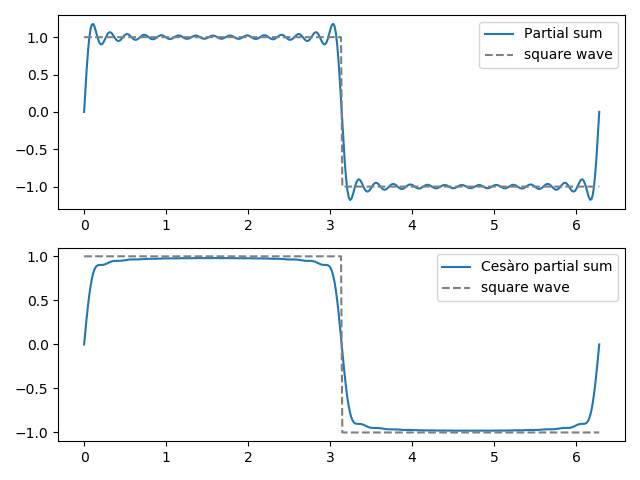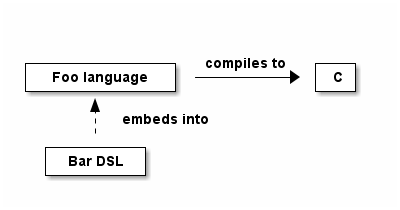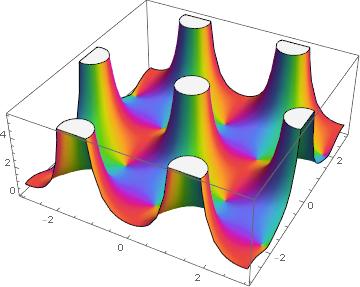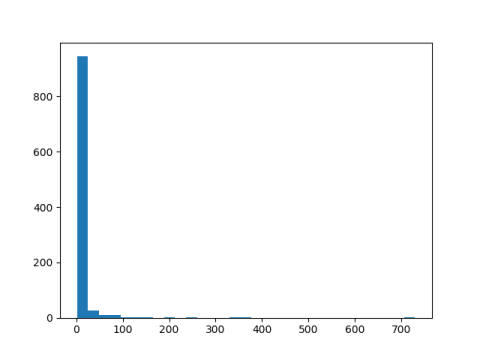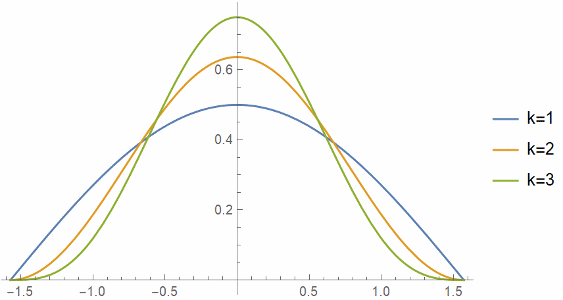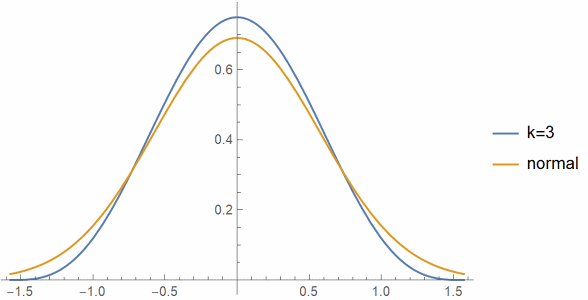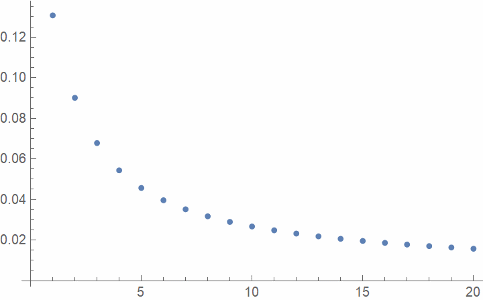Programming language support for hexadecimal integers is very common. Support for hexadecimal floating point numbers is not.
It’s a common convention to put 0x in front of a number to indicate that it is an integer written as an integer literal. For example, 0x12 is not a dozen, but a dozen and a half. The 1 is in the sixteen’s place and the 2 is in the one’s place, so 0x12 represents the number we’d write as 18 in base 10. This notation works in every programming language I can think of at the moment.
But how would you tell a computer that you want the hexadecimal value 20.5, which in base 10 would be 32 5/16?
Hex floating point literal notation
There have been several times when I could have used hexadecimal floating point notation and it wasn’t there. It comes in handy when you’re writing low-level floating point code and want to specify the significand directly without going through any base 10 conversion.
Perl added support for hexadecimal floating point literals in version 22, in 2015. C++ added the same notation in C++ 17. It must not have been a high priority for either language since both took 38 years to add it. Most languages don’t have anything similar.
In Perl and in C++, you can write hexadecimal floats pretty much as you’d expect, except for an exponent of 2 at the end. For example, you might guess that 20.5hex would be written 0x20.5, and that’s a good start. But it’s actually written 0x20.5p0, meaning
20.5hex × 20.
You could also write it as 0x2.05p4, meaning
2.05hex × 24.
Gotchas
There are several things peculiar about this notation.
First, you might expect a power of 16 at the end rather than a power of 2 since we’re thinking in base 16.
Second, the power of 2 isn’t optional. When you don’t want to multiply by a power of 2, you have to specify the exponent on 2 is 0, as in 0x20.5p0.
Third, the exponent on 2 is written in base 10, not in hex. For example, 0x1p10 represents 1024ten because the “10” is base 10, not hexadecimal or binary.
So in the space of a few characters, you need to think in base 16, base 2, and base 10. Hex, binary, and decimal, all in one tiny package!
Code examples
Here are some code examples for printing
π = 3.243f6a8885a3…hex.
The following Perl code prints 3.14159265358979 three times.
$x = 0x3.243f6a8885a3p0;
$y = 0x0.3243f6a8885a3p4;
$z = 0x32.43f6a8885a3p-4;
print "$x\n";
print "$y\n";
print "$z\n";
The analogous C++ code prints 3.14159 three times. (The default precision for cout is 6 figures.)
#include
int main() {
std::cout << 0x3.243f6a8885a3p0 << std::endl;
std::cout << 0x0.3243f6a8885a3p4 << std::endl;
std::cout << 0x32.43f6a8885a3p-4 << std::endl;
return 0;
}
In either Perl or C++, 0x1p10 prints as 1024 since the exponent on 2 is a decimal number. And in either language 0x1pA and 0x1p0xA are syntax errors.
More hexadecimal posts

